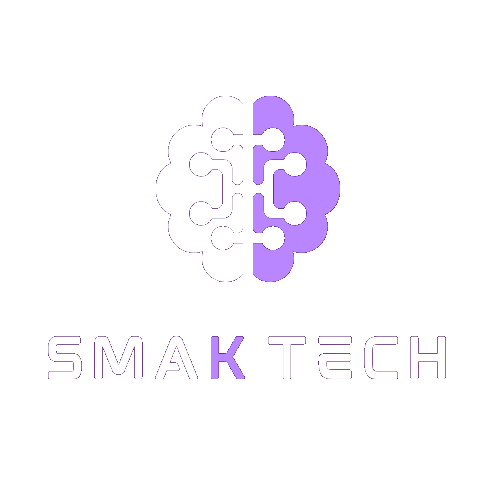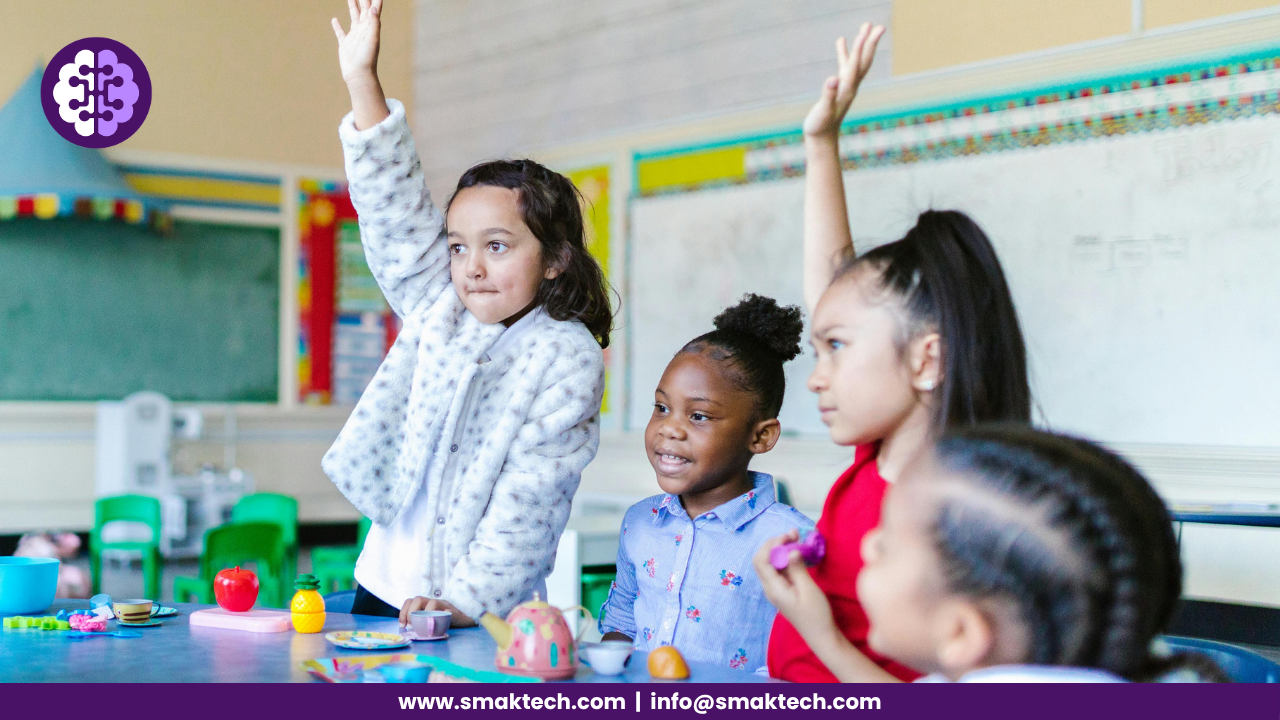Hi, I’m Chhaya. I am from Gujarat. I’ve completed my M.B.A. in Business Management from N.M.I.M.S—Mumbai. I have always had a keen interest in marketing and writing. I began my journey by applying my skills to support educational bodies and EdTech firms, and along the way, I have gained immense experience in this field.
With time, my interest in Education and the Ed-tech industry drew me to gain valuable experience by working with two Ed-tech companies. In short, I can be that go-to person if one needs to know about the Education and Ed-Tech scenario in India and understand the intricacies of the field.
Apart from this, my interests are reading and writing!
Feel free to ping me on my work email, chhaya@smaktech.com, to discuss my work at SmakTech or for any work-related queries!





